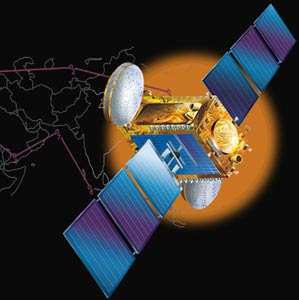Isro-Nasa to jointly look for water on Moon
MUMBAI: Five
teams up with Nasa's Lunar Reconnaissance Orbiter in search of water ice, said Chandrayaan project director Mylaswamy Annadurai on Thursday.
Speaking to TOI hours before the joint lunar flight, Annadurai said both the spacecraft will move simultaneously picking up data. "It will be a brief flight leading to an exchange of information. There will be a combined analysis of both the data," he said. Both the spacecraft
will fly at a velocity of about 1.6km per second and survey an area on the Moon's north pole which is 18km across.
The historic combined flight will be tracked by Isro's deep space network at Byalalu, Bangalore and Nasa's deep space network and Applied Physics Laboratory in Maryland, US. Annadurai had been quoted as saying that the launch of LRO will lead to co-ordinated operations between both spacecraft. LRO was launched on June 18, 2009 from the Cape Canaveral Air Force Station in Florida.
Pradeep Mohandas, a space expert, described the flight as an important step in Indo-US space collaboration. It will be what is known as a "bi-static" radar experiment when both the spacecraft will be in close proximity 200km above the Moon's surface.
Both are equipped with radar instruments — Mini-Sar (Synthetic Aperture Radar) on Chandrayaan-1 and Mini-Rf on LRO. Explaining how they will operate, Isro officials said the two instruments will target the same spot on the Moon from different angles with Chandra-yaan-1's radar transmitting a signal which will be reflected off interior of Erlanger Crater. This will be picked up by LRO. They said scientists will then compare the signal that bounces straight back to Chandrayaan-1 with the signal that bounces at a slight angle to LRO.































